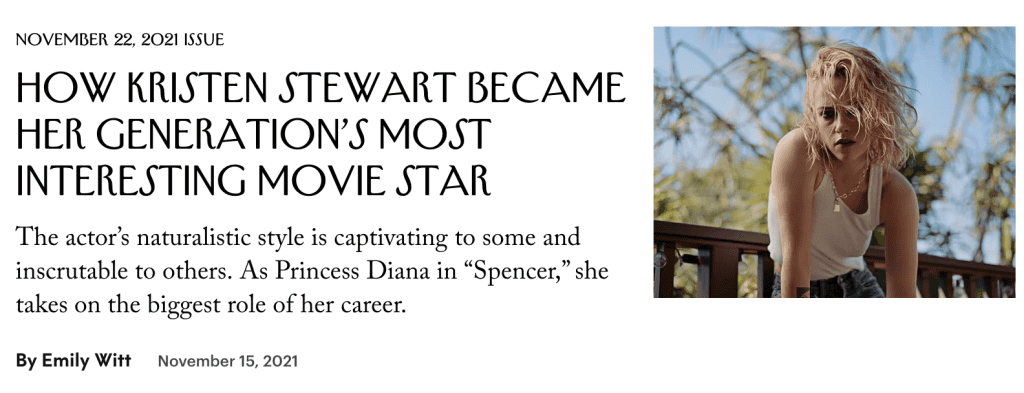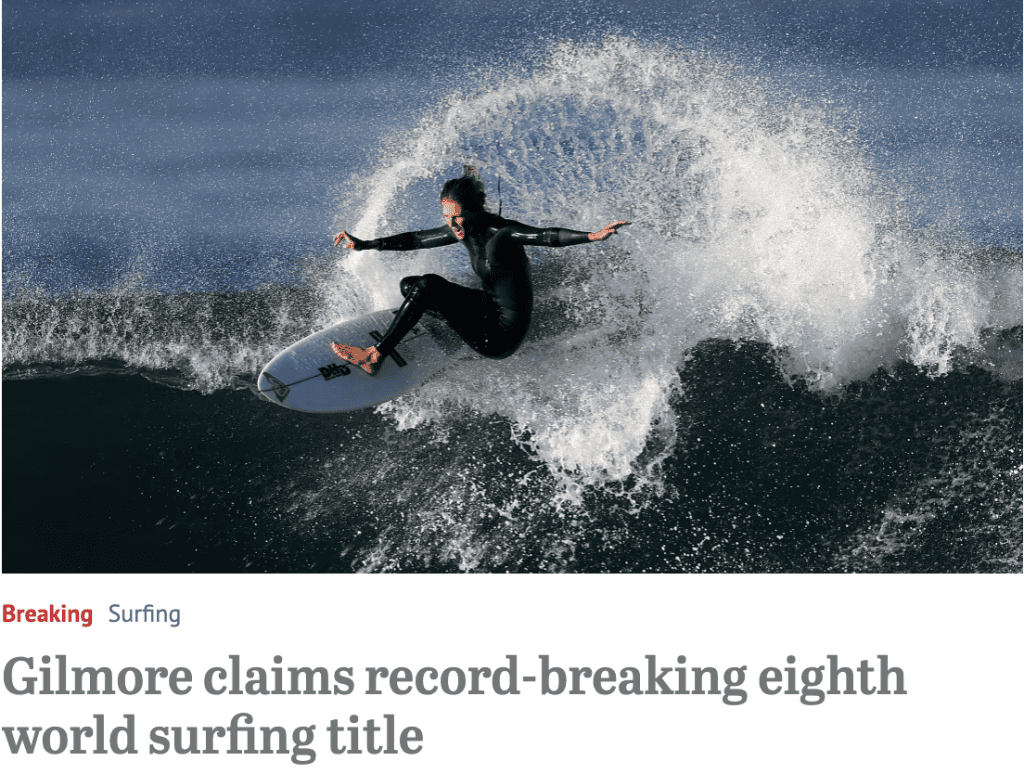Need to write a feature article for class but have no clue where to start? Don’t worry, we’ve got you covered!
We will go through what a feature article is, how to write one, and general tips on acing this form of writing.
Let’s get right into it!
What is the Purpose of a Feature Article?
Types of Feature Article
Feature Articles VS News Articles
Structure of Feature Article
Tips for Editing
What is the Purpose of a Feature Article?
A feature article focuses on a specific task — they can be as general or as niche as you like!
They usually dive deeper into a story than articles do, giving more depth into events, people or issues.
This can be done in a variety of ways by interviewing a person about their experience or exploring broader contextual circumstances to provide more background for readers so that they have a better understanding of the topic.
Although feature articles are non-fiction pieces, they often have elements of creative writing scattered throughout to help engage readers and make them more interesting to read.
Types of Feature Articles
Feature articles can feature a range of topics — to make it easier for you, we’ve divided them into three different categories.
News
Feature articles can be written about current and ongoing news stories.
For example, the media outlet The Conversation typically covers politics and news on society. The Sydney Morning Herald covers sports and breaking global news.
A news feature article goes beyond the mere facts. Your feature article will provide an in-depth analysis, whether it is looking at the broader context around an event, historical antecedents or future impacts.
Common topics of news features include:
- Politics
- Cultural events coming up and their significance
- Ongoing social issues
Profile
A profile feature article provides an in-depth story about a person, organisation or event.
This typically includes things like their experience, goals, values or background. For example, the magazines The New Yorker and Rolling Stone both publish profile features of famous artists and musicians.
Profiles aren’t necessarily about important or famous people, the most important thing is that they have an authentic story that resonates with people.
Some topics can include:
- Interviews with elderly people or authority figures
- Fundraising events for charities
- Company launching a new initiative
Trend
Feature articles on trends, such as in Bustle, highlight something new and exciting in modern culture.
They look at developments within an area and track why a new trend is emerging or why a current trend may be fading. Like the previous sections, this can be tied into historical events, broader social contexts or extend out into future implications.
Some topics include:
- Fashion
- Entertainment
- Technology
- Lifestyle
Feature Articles VS News Articles
While the aim of a news article is to deliver key facts and information to a reader, the purpose of a feature article is to tell a story.
When writing news articles, it is important for the writer to keep their emotions and opinions away from the facts they are reporting. Feature articles are different — you express your opinions and emotions about the topic, so long as it’s done appropriately and does not detract from the purpose of the article.
Example of a Feature Article from The New Yorker
Feature articles tend to be written in a more conversational tone, creating an imaginary dialogue or storytelling effect between the writer and the audience.
This helps to build empathy and enables you to slip in your persuasive techniques more easily and naturally.
The tricky thing about feature articles is finding the right balance between telling a story and reporting the facts of the issue.
If too many opinions and narrative elements are placed into the piece, it can end up looking like a fiction piece. However, if too many facts are placed within any narrative elements, it will be dry.
Example of a News Article from Sydney Morning Herald
A well-balanced feature article will educate your reader about the topic, whilst building empathy and greater understanding.
Have a great idea for a feature article but need some help putting it altogether? Our experienced English Tutors can provide 1-1 tutoring support and get you on your way to a great article!
Structure of a Feature Article
Headline
- A great headline entices the reader to read your article and gives them a broad idea of what the article is about.
Introduction
- Like other types of writing, your feature article needs an introduction — this hooks your reader and prompt them to read all the way to the bottom of the page.
Body
- The body contains the bulk of the story and information that is in your feature article.
- It’s important to organise these clearly — it is easy for your reader to follow your writing and compel them to the end of the piece!
Conclusion
- Ask yourself — what would I like them to take away from reading this?
Make sure you’re an expert on the essentials for writing an extended response while you’re at it!
Tips for Writing a Feature Article!
#1: Pick a topic that interests you
Although school curriculums often restrict the topics you can write about, try to choose something within those constraints that genuinely interest you.
This will help you to motivate you to write a compelling and well-written feature article!
Want to use more English techniques in your feature article writing? Save our list of Language Features!
#2: Research, research, research
Like all good writing, the key to writing an interesting and compelling feature article is knowing your topic well — this is done through thorough research!
Read up on your topic — if you are unsure what the purpose of your feature article is, read widely.
Once you have an idea of what route you would like to take, start narrowing your research into that area.
#3: Reflect on your opinions
While slightly unusual for non-fiction writing, it’s a good idea to reflect on your own ideas and opinion as you are conducting your research and making a note of these.
This will help you to choose the persuasive techniques you’ll employ throughout your writing and create a connection between you and your reader.
#4: Leave your reader with new insight
One of the most valuable things you can do as a feature article writer is to provide a surprising insight to your reader.
If there is something new that you discover while researching that no one has put together, this is your opportunity to shine! Connect those dots for your reader and present the facts to them — that way you combine both persuasiveness with a compelling narrative!
#5: Develop your ‘tone’ or ‘voice’
Lastly, craft your authentic tone or voice in your writing.
This does not have to be flamboyant or to spill your emotions onto the page. It should simply make the reader feel like they are reading the words of a real person who is reliable, interesting and engaging.
Previous tips like picking a topic that you’re interested in, reflecting and providing interesting insights all help you to develop your own unique tone when you’re writing your piece!
On the hunt for other useful resources?
Check out some of the other resources we’ve created below:
- The Ultimate Guide to Writing a Persuasive Text
- How to Write a VCE Argument Analysis for English
- Year 6 English | Year 7 English | Year 8 English
- How to Study for English in Years 7 and 8
- NAPLAN: 10 Tips to Survive & Excel!
- How to Transition from Primary School to High School
- The Essential List of High Modality Words for Persuasive Writing
- The Essential Year 7 and 8 Reading List
Looking for some extra help for your child with English?
We have an incredible team of English tutors and mentors!
We offer tutoring and mentoring for students in Years K-12 in a variety of subjects, with personalised lessons conducted one-on-one in your home or at one of our state of the art campuses in Hornsby or the Hills!
We’ve supported over 8,000 students over the last 11 years, and on average our students score mark improvements of over 20%!
Give us a ring on 1300 267 888, email us at [email protected] or check us out on TikTok!
Tiffany Fong is currently completing a double degree in Media and Communications with Law at Macquarie University. She currently contributes to the university zine, Grapeshot where she enjoys writing feature articles, commentary on current affairs or whatever weird interest that has taken over her mind during that month. During her spare time, Tiffany enjoys reading, writing, taking care of her plants or cuddling with her two dogs.









